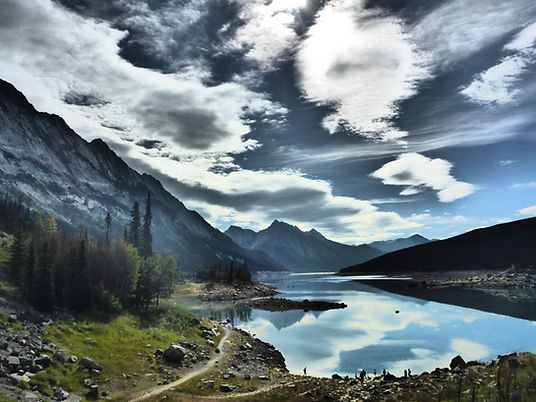A global estimate of methane emissions from boreal lakes and potential impacts of warming
- tdelsontro
- Nov 30, 2017
- 1 min read
Inland waters are considered a significant source of atmospheric methane (CH4), emitting more CH4 than the world’s oceans, as much as that due to land use change, and merely an order of magnitude less than that from fossil fuels. Of all the terrestrial biomes, the boreal zone (located between 50° and 70° North) contains the highest density of surface water, accounting for 25% of the world’s continental waters. Thus, boreal aquatic ecosystems have the potential to be major contributors to global aquatic CH4 emissions, and the emission response of these systems to projected warming trends could significantly impact future global CH4 budgets. Here, we delineate all lakes visible at a 30 x 30 m resolution for the entire boreal zone using the recently published global inland water dataset (Feng et al. 2015), and for each lake we derive diffusive and ebullitive (bubbling) CH4 emissions using published empirical models based on temperature, nutrient level, solar radiation, and wind speed. The ensuing total CH4 emissions for all ~4.5 million boreal lakes are compared to other boreal and global CH4 and CO2 emission estimates, and we project the potential impact of 20-50 year warming projections on boreal aquatic CH4 emissions. Uncertainties and sources of error associated with boreal CH4 emission estimates, their variability in a warming climate, and their impact on global CH4 budgets are discussed.
Images below are of the Quebec boreal zone. Photo credit: Clara Ruiz







Comments